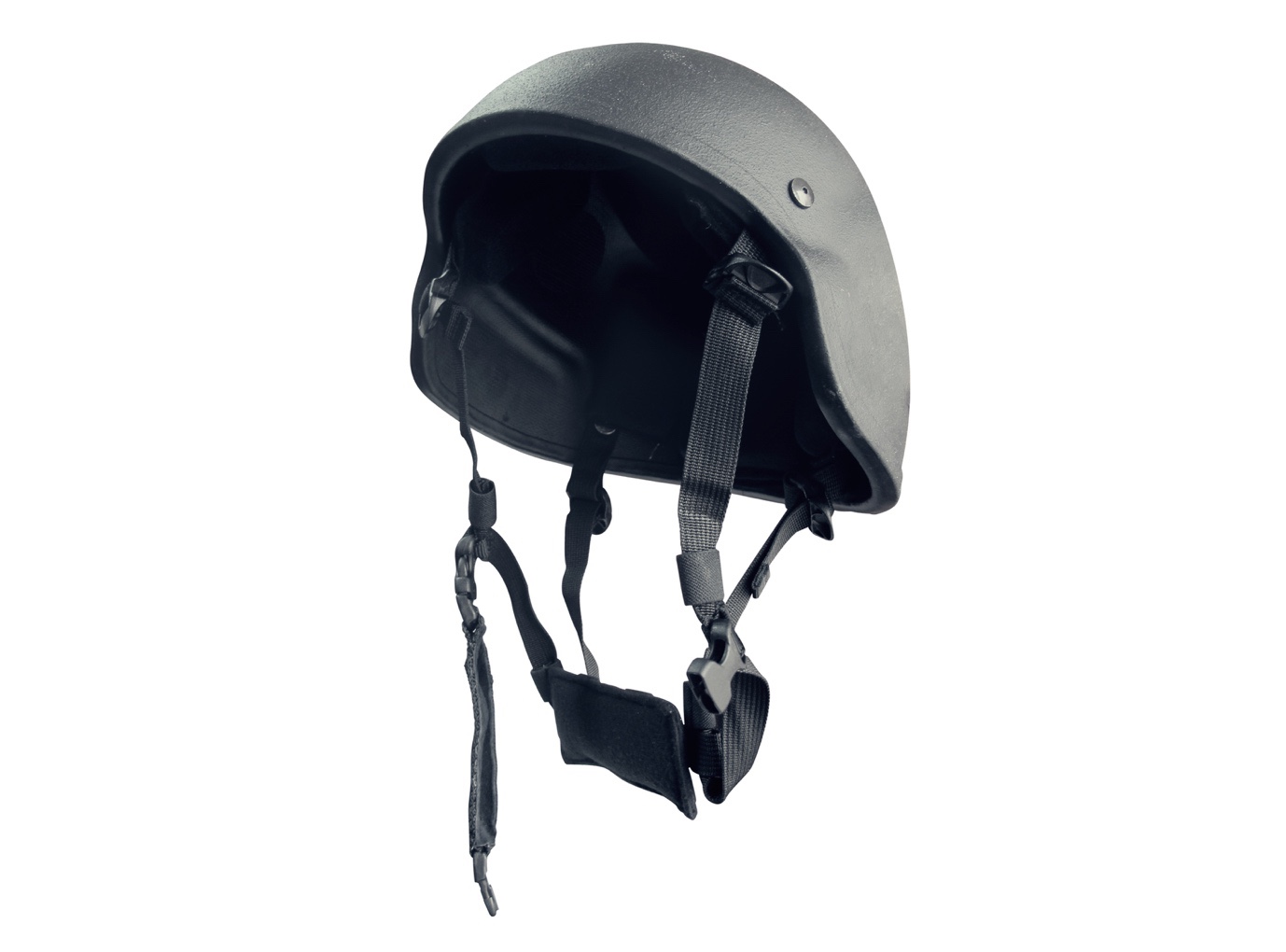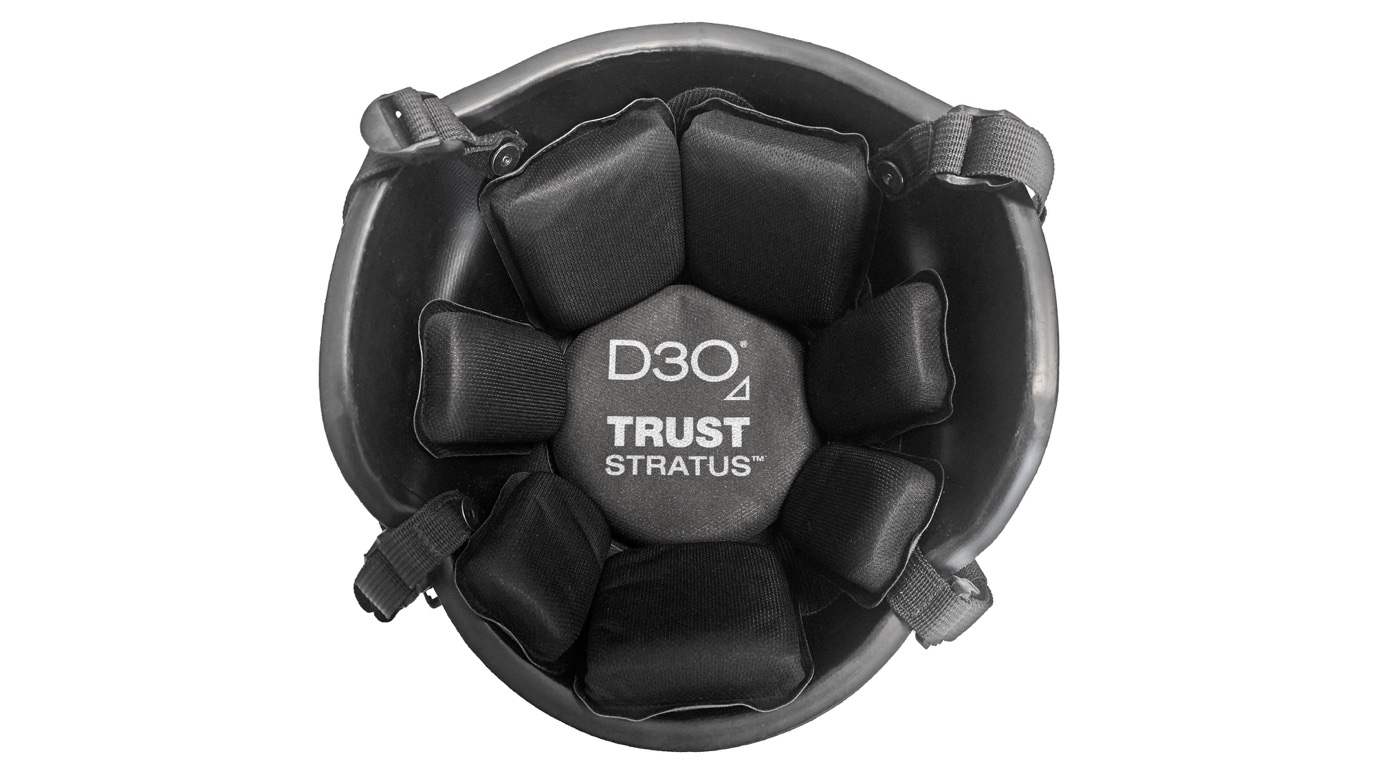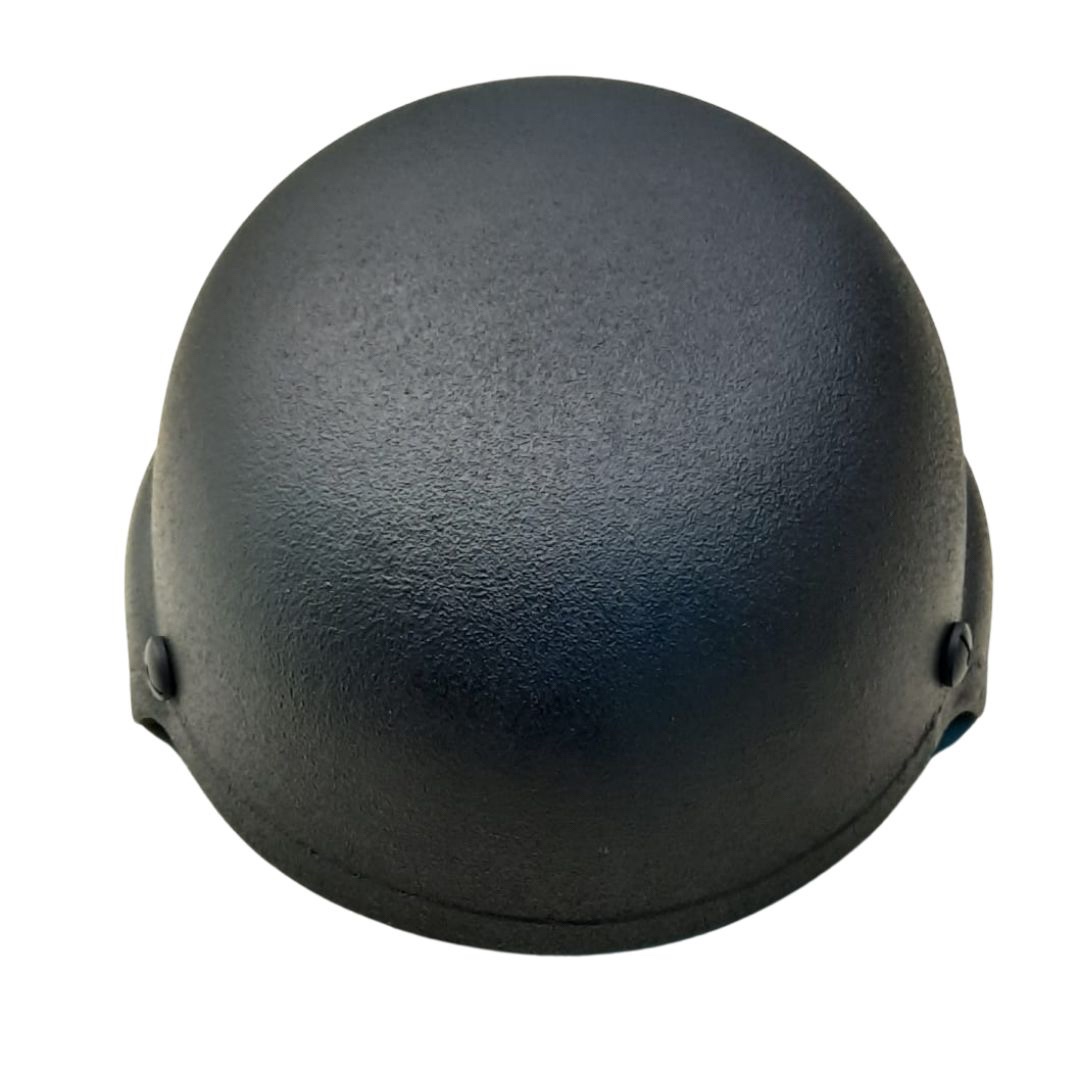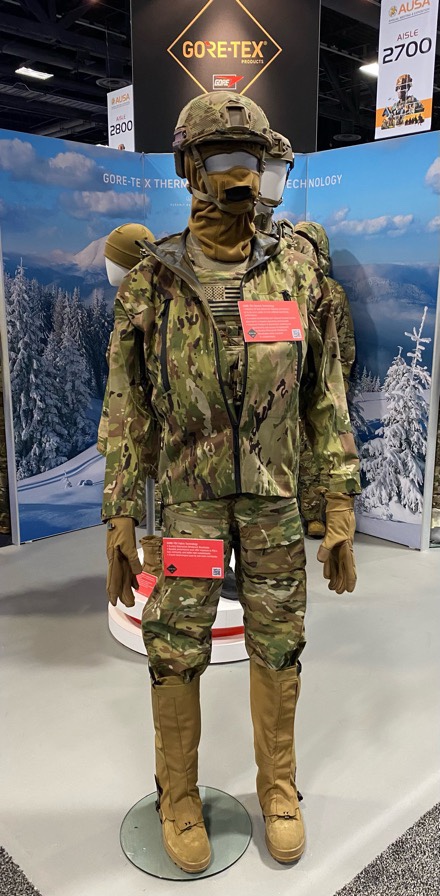(Andover, Mass.) – November 9, 2021 – Polartec®, a Milliken & Company brand, and premium creator of innovative and sustainable textile solutions, announces the winners of its 2021 Polartec Apex Design Awards, the annual design award program celebrating the finest products made from Polartec fabric technologies. The winning products were selected from hundreds of entries based on skilled and creative uses of Polartec.

This year’s Polartec Apex Awards campaign centers the importance of versatility and functionality for today’s consumer, brought to life by a creative campaign featuring photography of all the winning products under the theme “Mountain to Bar and Back Again.” Recognizing the very best in garment design and fabric innovation, it’s the freedom to play and perform in the same solution that makes many of this year’s winners stand out from the crowd. The models in the campaign have been fashioned as characters representing each winning brand’s product.

The winners are:
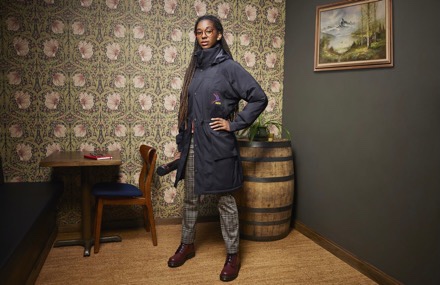
66°North – Kría Neoshell® Power Fill Parka – The Kría NeoShell Power Fill Parka uses a first-of-its-kind combination of Polartec® Power Fill™, the first 100-percent post-consumer recycled (PCR) fill insulation, and Polartec® NeoShell®, the most breathable waterproof fabric. Polartec® Power Fill™ provides lightweight warmth and compressible insulation made of proprietary hollow fibers bonded together to eliminate cold spots. Polartec® NeoShell® is not only the most breathable waterproof fabric technology, but it’s also stretchy and lightweight, enabling unprecedented comfort in a waterproof fabric. The resulting design from the harsh, colder weather experts at 66°North in Iceland updates one of their original jacket designs with these technologies, creating a cold-weather parka that performs for everything from extreme weather outdoor pursuits, to everyday life.

ABSNT – theROBE – The ABSNT Robe is designed for a circular lifecycle thanks to Polartec® Power Air™. An update to the award-winning fabric technology, this style of Polartec® Power Air™ is 100 percent recyclable and 25 percent lighter than the initial product. Power Air is the first fabric technology engineered to minimize microfiber shedding, with an innovative knit construction that encapsulates lofted fibers within a multilayer, continuous yarn fabric construction, capturing warmth and preventing microfibers from shedding at least five times less than other premium mid-layer fabrics. ABSNT’s unique position of designing premium and mindful product that they feel are ABS(e)NT from the marketplace makes Polartec a perfect fit for their introductory product. The product will release in 2022.

Nike ACG – Men’s AOP Wolf Tree Hoodie, Women’s AOP Wolf Tree Half Zip, Men’s and Women’s AOP Wolf Tree Pant – Nike’s outdoor-inspired sub-label, ACG (All Conditions Gear), looks to the creators of technical fleece to deliver a premium apparel collection. Nike ACG uses Polartec® Classic 200 fleece made from 100 percent post-consumer recycled (PCR) polyester with a unique all-over print to design tops and bottoms for men and women. The resilient construction of Polartec Classic fleece technology creates air pockets for insulation, making it lightweight, warm, and fast-drying, with maximum durability. Nike ACG’s designs with Polartec equip you for streets and trails.
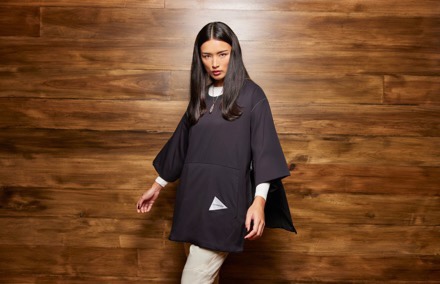
And Wander – alpha AIR T – And Wander continues to showcase the design versatility of Polartec® Alpha® with the alpha AIR T. Polartec® Alpha® active insulation offers a rare combination of lightweight warmth and true breathability. A fabric technology originally developed for US Special Forces, Alpha regulates thermal comfort in dynamic conditions due to its exceptional breathability. The Japanese outdoor brand uses a minimalist, fashion-oriented design but draws inspiration from the outdoor technical world with performance fabrics. Polartec® Alpha® meets the And Wander ethos of making beautiful, lightweight, and functional clothing.

Ariat Rebar Polartec Elite Series – The Ariat Rebar Polartec Elite Series draws inspiration from how a climber or skier would layer in accordance with weather conditions to introduce the first non-flame-resistant Polartec workwear collection for the “athletes of work.” The collection employs a set of Polartec fabric technologies to create a unique thermoregulating layering system. For the base layer, Ariat chose Polartec® Power Grid™, the original grid fabric engineered to maximize warmth, breathability, wicking action, and compressibility, while minimizing weight and bulk. For the mid-layer, Ariat selected Polartec® Power Stretch® technical fleece for durable stretch and recovery, and treated it with Polartec® Hardface® for added protection, abrasion resistance and water repellency. For the outermost layer, Ariat used Polartec® Power Fill™, made with 100 percent post-consumer recycled (PCR) content, to insulate in the coldest/harshest conditions. It’s truly a one-of-a-kind advanced clothing system using a breadth of Polartec fabric technologies to maximize thermoregulation and protection for the various conditions that workers face.

Haglöfs – High Loft Wool Jacket – Haglöfs uses the performance of natural fibers to their benefit in the High Loft Wool Jacket. As a long-time Polartec innovation partner, Haglöfs embraced an evolution of Polartec® High Loft™ lightweight insulation made with merino wool for its natural thermoregulation and comfort on the shoulders and torso. And to add further natural performance, the arms and sides are engineered with Polartec® Power Wool™ for increased stretch and range of motion, with a brushed grid fleece wool interior and a smooth jersey face synthetic exterior to retain wool’s natural properties, while increasing its performance. The result is a cold-weather layer that uses Polartec’s natural solutions for advanced thermal comfort, enabling Haglöfs to maintain sustainable performance.

Hikerkind – Midlayer_01 – Hikerkind is a women’s outdoor gear and New York City hiking club creating apparel with a new perspective that redefines the hiker archetype. For the brand’s initial product, Hikerkind selected Polartec® Power Air™, the award-winning future fleece technology specifically designed to reduce microfiber shedding. Featuring an innovative knit construction that encapsulates lofted fibers within a multilayer, continuous yarn fabric construction, Power Air provides advanced thermal efficiency while shedding 80% less microfibers compared to premium fleece. The Midlayer_01 is warm, yet lightweight and breathable, with four-way stretch and a soft hand feel, and looks as natural in an upscale boutique as on the trail. The bluesign® and OEKO-TEX® Standard 100-certified Polartec fabric is made in the USA and the garment is constructed in NYC, with 100% curbside-recyclable packaging. The Midlayer_01 (complete with a matching scrunchie made from upcycled Polartec® Power Air™) encapsulates Hikerkind’s ethos of conscious creation and reducing overall waste.

Moncler – Grenoble Collection – Softshell Jacket, Softshell Pants – Moncler’s Grenoble Collection combines high-end fashion with performance technologies to create truly luxurious outdoor wear. Polartec® NeoShell®, the world’s most breathable waterproof fabric, powers this elevated look from top-to-bottom. With an air-permeable membrane, NeoShell is the first fabric to combine the superior breathability, ventilation, and stretch of a softshell with the waterproof performance of a hard shell. Moncler uses NeoShell in a unique tracksuit silhouette for versatile performance and comfort for any activity from mountain to city. The collection will release in January 2022.

Norrøna falketind Alpha120 Zip Hood – The falketind Alpha120 Zip Hood is Norrøna’s most breathable and quick-drying mid-layer, using a hybrid of Polartec® Alpha® and Polartec® Power Grid™ fabrics. Polartec® Alpha® active insulation is perfect for high-intensity outdoor adventures in cold conditions, as the fabric is engineered for advanced breathability and thermoregulation. Polartec® Power Grid™ technical fleece is strategically placed under the arms and down the sides to optimize range of motion, promote moisture-wicking, and decrease overall fabric mass. With this piece, the Scandinavian outdoor brand designed a durable and lightweight mid-layer that performs throughout cold mountain conditions.

Orvis – PRO Sun Hoodie – The PRO Sun Hoodie is the first-ever sun hoodie made from Polartec® Power Grid™, created for optimal temperature regulation and versatile performance. Polartec® Power Grid™ fabric technologies are defined by their patented bi-component knit grid construction for excellent moisture management and breathability. Orvis chose a thin, non-fleecey version of Power Grid with inherent sun protection (UPF50+), making it a truly smart application of this lightweight grid fabric. Originally designed for fly fishing, the PRO Sun Hoodie makes for an optimal moisture wicking base layer foundation for all activities in all conditions.

P.A.M. Liveable Recycled Shearling Coat – Australian fashion brand, Perks and Mini, designed this truly unique unisex coat with 100 percent post-consumer recycled (PCR) Polartec® Thermal Pro® shearling Fleece. This particular iteration of Polartec® Thermal Pro® is a warm yet lightweight performance fleece delivering the comfort and look of wool shearling, with the dramatically improved performance and durability of technical fleece. Known for their interesting prints and patterns, P.A.M. was able to take advantage of Polartec® Shearling Fleece’s design versatility by creating a truly fashionable coat with vibrant flowers all over, referencing this premium quality fabric in their own style.

Sportful – Total Comfort Jacket – The Sportful Total Comfort Jacket uses a hybrid of Polartec thermoregulating fabrics, Polartec® Alpha® Direct and Polartec® NeoShell®, to set a new standard for winter cycling. In the interior, Polartec® Alpha® Direct active insulation regulates core body temperatures for advanced breathability, made possible through Alpha’s lofted fibers connected to a solid mesh core. Polartec® NeoShell® is the most breathable waterproof fabric technology, providing dynamic air exchange, comfortable stretch, and weather protection, allowing Alpha’s breathability to excel for aerobic pursuits. The Total Comfort Jacket combines two of Polartec’s most innovative fabric technologies to enable unprecedented comfort and performance in cold-weather activities.
Every winner is an embodiment of Polartec fabric innovation and design inspiration, celebrating the science of fabric and the art of product design. Each winner will receive a coveted Malden Wizard trophy in celebration of their winning designs, in addition to joint marketing support. A “People’s Choice” winner will be named via voting on Polartec social media over the coming weeks.



